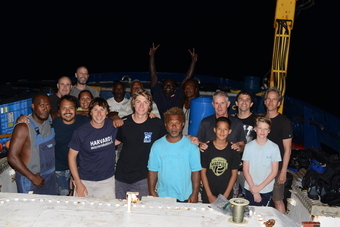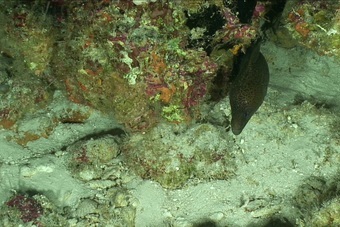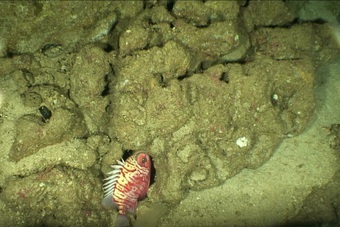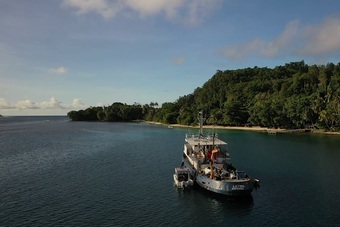Publications:
Chaloux et al. 2020
Mesophotic coral reefs (~30–150 m) and deeper reefs (>150 m) represent some of the least explored and poorly documented habitats in our oceans. These deep ecosystems are both high in biodiversity and ecologically distinct from shallower reefs. They are also equally threatened by natural and anthropogenic factors. Thanks to advancements in remote undersea technologies, our access to and understanding of these poorly studied environments continues to expand. With current data now suggesting more stratified populations of reef fishes and a continuous yield of new species discovered in the mesophotic zone, now under global pressures of climate change and overfishing, the need to explore these ecosystems has never been greater. Most deep-sea (>200 m) biodiversity studies rely on dredging and trawling technologies that are not selective or targeted. Here we present on the design and field demonstration of a compact, low-cost, targeted reef fish sampling system intended for use on inspection-class ROVs in the mesophotic zone. During a research expedition to the Western Province of the Solomon Islands, the system successfully collected multiple novel fish species at depths ranging from 90 to 187 m. The results obtained during this expedition highlight the utility of ROV-based collecting systems, add to the growing knowledge of mesophotic reef communities, and inspire new techniques for sampling mobile faunas at depth.
90- 187 m
Mesophotic “mentions”
31 x (total of 3556 words)
Classification
* Presents original data
* Focused on 'mesophotic' depth range
* Focused on 'mesophotic coral ecosystem'
Fields
Methods and Technology
Focusgroups
Fishes
Locations
Solomon Islands
Platforms
Remotely Operated Vehicle (ROV)





